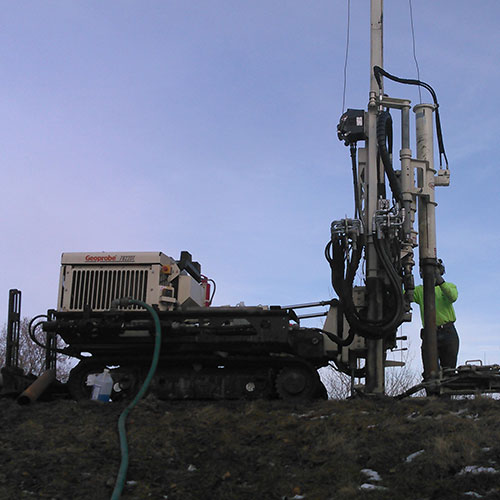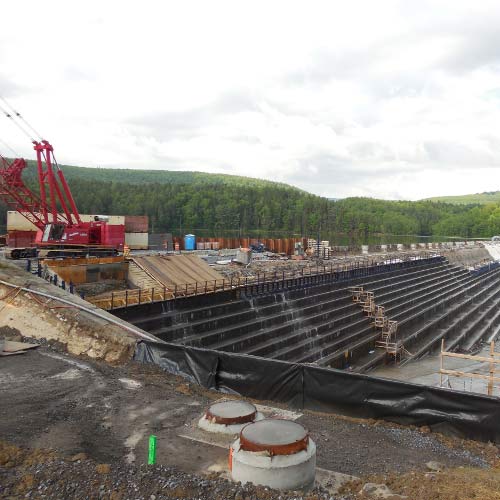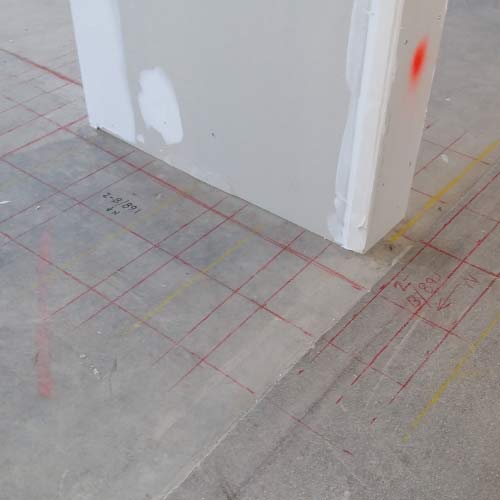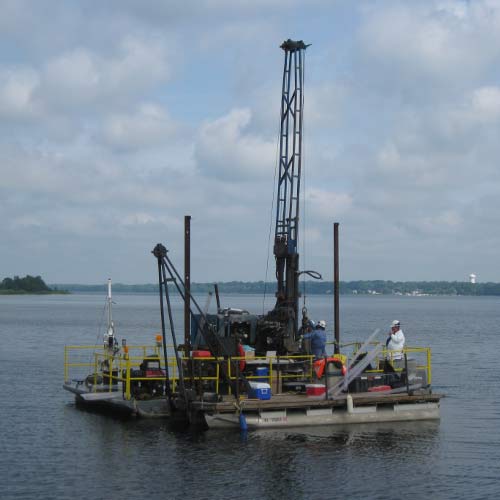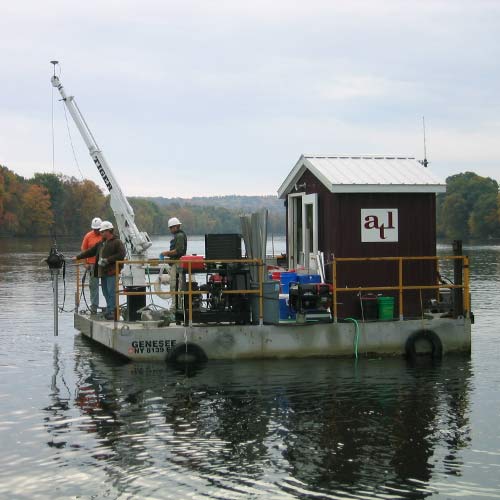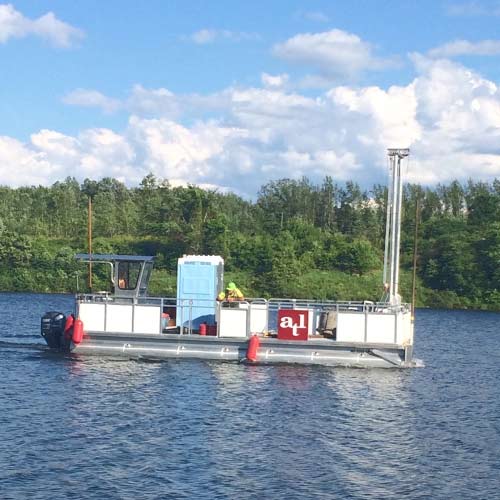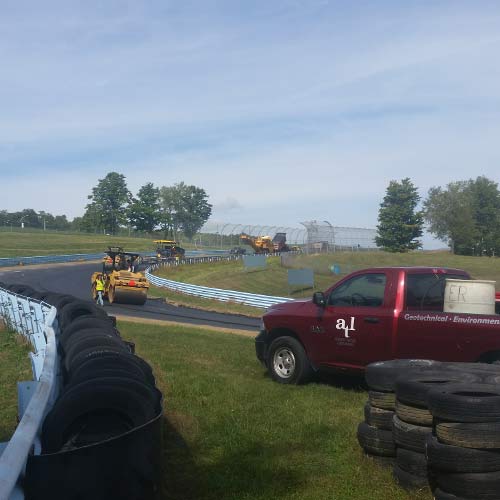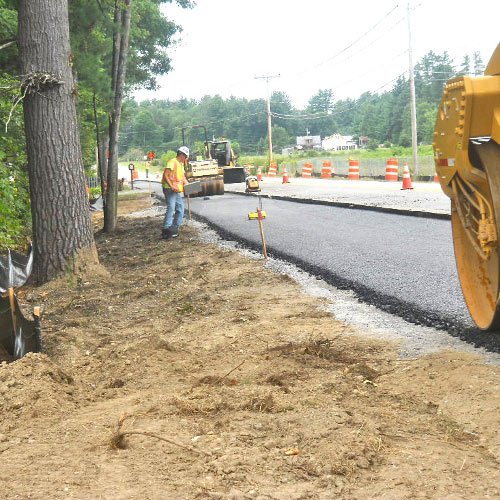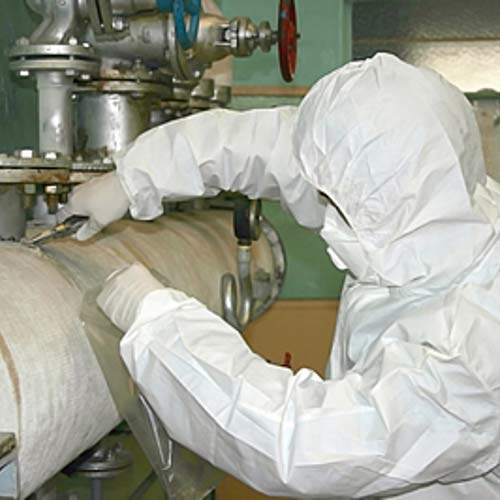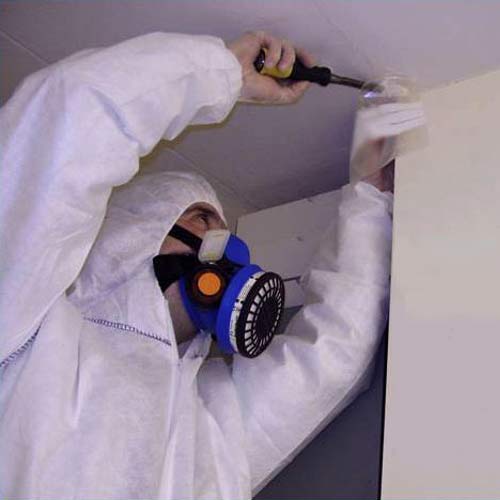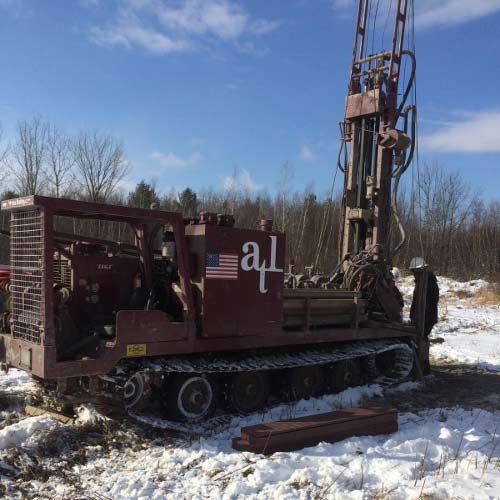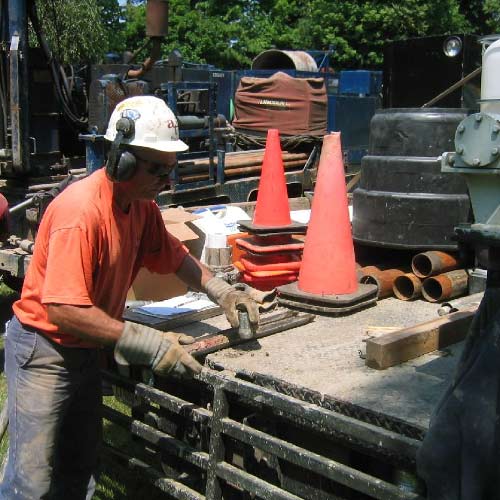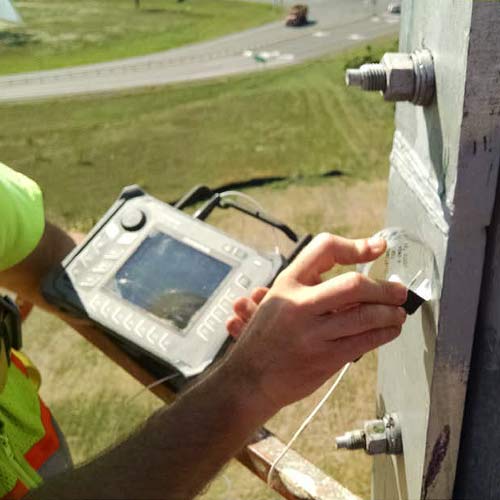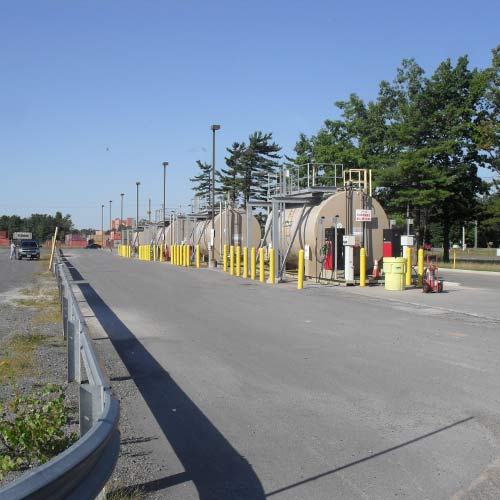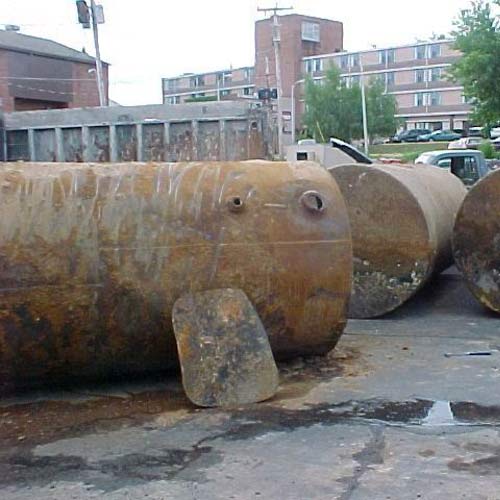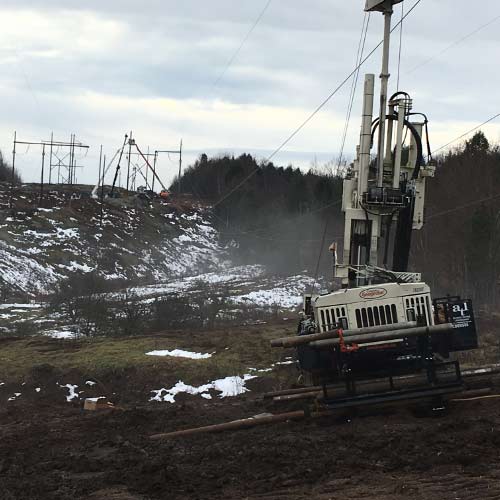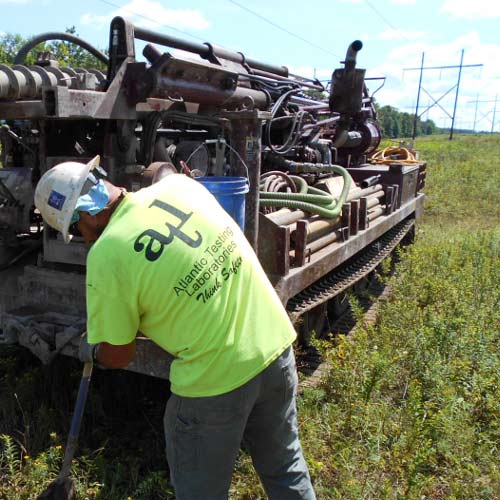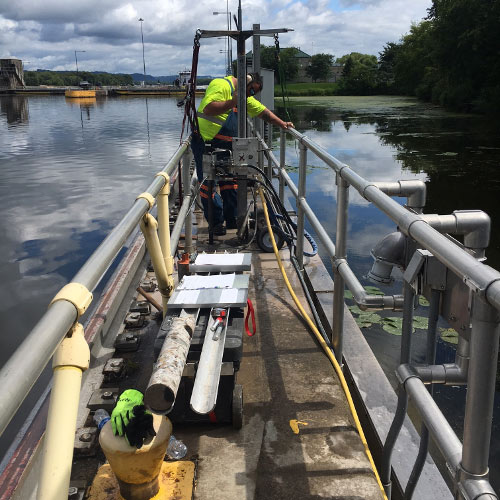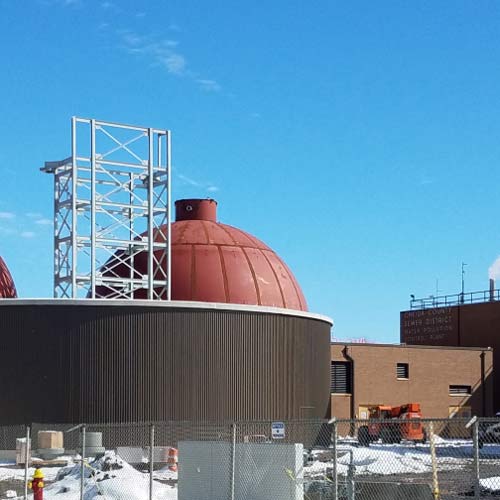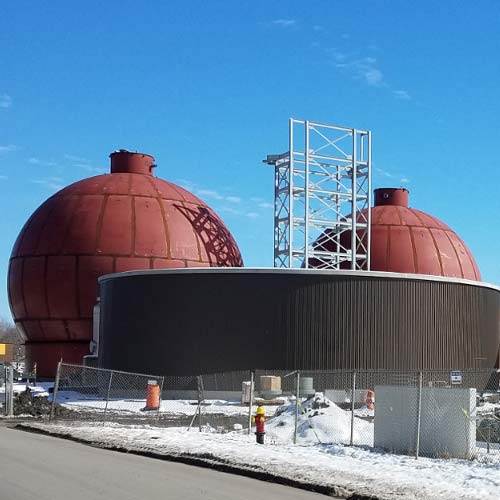Click the following link to view the PDF of this paper: SPT Hammer Calibration

Brian T. Barnes, PE
Director of Geotechnical Services
Atlantic Testing Laboratories
Geotechnical engineers utilize Standard Penetration Test (SPT) N-values, performed during the advancement of soil borings, to evaluate key geotechnical soil properties, including density, shear strength, bearing capacity, settlement, and liquefaction potential. SPT N-values of soil strata are determined by driving a split-spoon soil sampler in three 6-inch increments, using a 140-pound hammer falling 30 inches. The field SPT N-value is the sum of the second and third increments of split-spoon advancement.
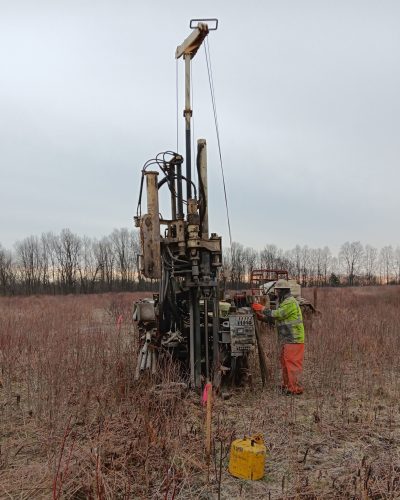
Traditionally, the evaluation of soil’s properties relied on SPT N-values collected with a rope and cathead drill system, employing a safety hammer that operates at approximately 60% of its maximum energy. Consequently, published geotechnical soil properties using SPT N-values have been based on 60% hammer energy and designated as N60 values.
Recently, automatic hammers that operate at higher energy levels have been adopted by drilling firms due to their consistency and enhanced safety. Therefore, energy corrections must be applied to field SPT N-values to accurately assess a soil’s geotechnical parameters in accordance with historical N60 values published in the literature. The energy delivered to the split-spoon sampler by the hammer can also be influenced by various factors, including the mechanical condition of the drill rig and the operator’s performance. Since hammer energy can vary between drill rigs and operators, it is recommended that drill rig hammer systems used for evaluating geotechnical soil parameters be periodically calibrated in accordance with ASTM D4633, “Standard Test Method of Energy Measurement of Dynamic Penetrometers.”
SPT hammer calibration to measure hammer energy is executed using a calibrated drill rod, either an AW-J or NW-J rod, which is instrumented with two strain gage bridges and two piezoresistive accelerometers. This rod is attached to the drill string during the Standard Penetration Testing process.
During calibration, force and velocity measurements are collected and analyzed on-site within an SPT Analyzer. The gathered data is used to calculate the energy transfer ratio (ETR), expressed as a percentage of the theoretical maximum energy. The results help determine the hammer energy and indicate whether adjustments or maintenance are necessary for the driving system.
From a geotechnical design professional’s perspective, SPT hammer calibration provides confidence that SPT N-values are accurate and consistent across different drill rigs and operators. Uncalibrated or inconsistent hammers can yield misleading SPT N-values, leading to incorrect assessments of soil strength, density, and bearing capacity. Overestimated SPT N-values may cause under-designed foundations and soil strength evaluations, increasing the risk of settlement or failure. Conversely, underestimated N-values can lead to overly conservative designs, unnecessary construction costs, and inefficiencies.
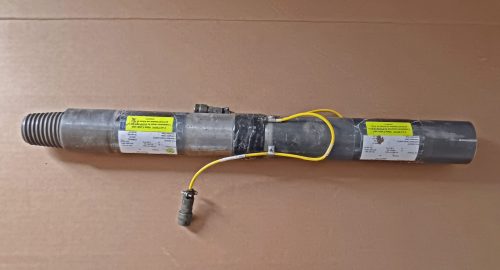
From a drilling contractor’s perspective, SPT hammer calibration is a wise investment in both data integrity and equipment longevity. Accurate and calibrated SPT results not only boost confidence in the findings but also ensure compliance with industry standards such as ASTM D4633 and client specifications, many of which now require documented energy measurements. Moreover, operating a hammer that transfers energy above recommended levels can lead to unnecessary wear and tear on drill rods, sampling tools, and rig components, ultimately shortening equipment lifespan and increasing maintenance costs. By calibrating regularly, contractors protect their equipment and enhance their reputation for quality.
For more information, contact Brian Barnes, PE at 315-735-3309, info@atlantictesting.com, or visit www.AtlanticTesting.com.
|
ASSOCIATED SERVICES |
 |


